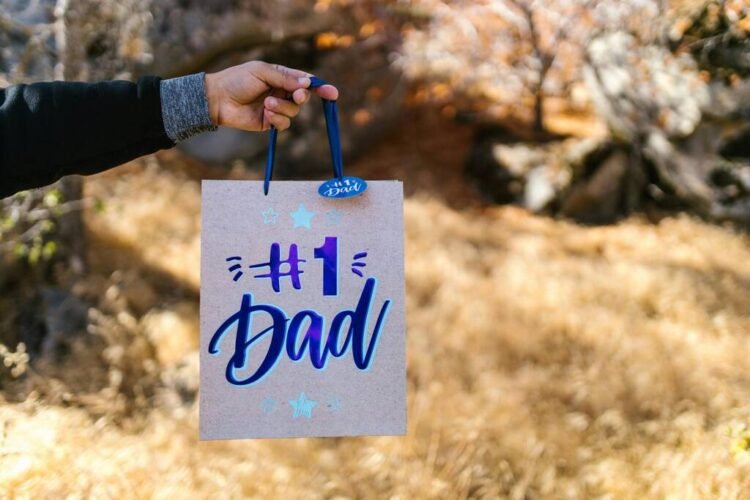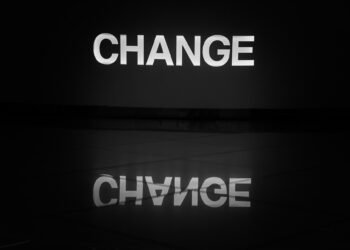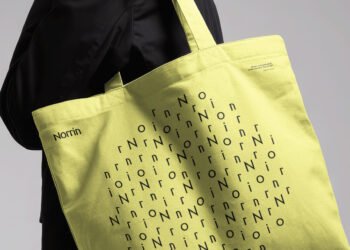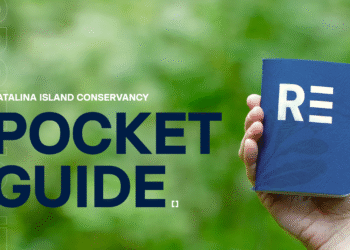
Father’s Day has long been one of retail’s seasonal bright spots, but this year’s research from the Australian Retailers Association (ARA) in collaboration with Roy Morgan tells a more nuanced story: fewer Australians are shopping for Dad, but those who do are spending significantly more.
With 4.7 million shoppers expected to spend a combined $720 million, gift-buying is down from 2024 by about $100 million. Yet, the average outlay per gift-buyer has jumped 44% to $145, signalling a clear “quality over quantity” trend.
For brand owners and managers, this shift holds powerful insights about where consumer sentiment is heading as cost-of-living pressures reshape shopping behaviour.

Key Takeaways for Brands and Retailers
1. Premiumisation is the winning story
Even as overall participation drops, those who can spend are choosing to make it count. With one in four shoppers planning to spend over $200, Father’s Day purchasing is shifting towards higher-value, premium products and meaningful experiences.
💡 For brands, that means this isn’t the year to race to the bottom with discounts—it’s about framing your product as the special, lasting, or indulgent choice.
2. Experiences are competing with products
Gifting isn’t just about what’s in the box. A growing number of Australians are celebrating by sharing a meal—28% say they’ll mark the day at home or at a café/restaurant. Dining, outings, and experiences represent not just competition for traditional gifts, but also partnership opportunities for brands looking to extend their footprint into lifestyle and hospitality.
3. Generational differences matter
ARA notes that older Australians are more willing to keep spending, while younger consumers are pulling back—likely due to mortgage stress and tighter budgets. For marketers, this demographic split highlights the need for differentiated messaging:
- Younger audiences → value-driven bundles, flexible payment options, or smaller but meaningful gestures.
- Older demographics → clear positioning around quality, family celebration, and elevated gifting.
4. Expansion beyond traditional “Dad”
Around 1.9 million Aussies are shopping for someone other than their father—partners, step-dads, grandfathers, or father-figures. Brands that speak inclusively to these relationships can expand their relevance and tap into overlooked segments of the market.
5. Brand storytelling is more important than ever
With fewer but higher-value purchases being made, consumers are investing in gifts that feel justified, personal and memorable. Brands that tell meaningful stories—whether tied to craftsmanship, family connection, or self-care—will be better positioned to resonate during today’s more scrutinised spending decisions.
Opportunities for Brand Owners and Managers
- Position for indulgence: Whether it’s premium spirits, tech accessories, or tailored menswear, brands should highlight indulgence, quality and longevity.
- Tighten your targeting: Speak differently to younger, budget-conscious audiences versus older buyers with more disposable spending power.
- Leverage omnichannel experiences: Link gift cards or products with memorable experiences (e.g. dinner vouchers, grooming packages, bundled offers).
- Encourage early purchase: With budgets under pressure, helping consumers spread out spending via pre-sales or payment plans lowers the purchase barrier.
- Celebrate inclusivity: Broaden Father’s Day campaigns to include all kinds of father-figures—it’s not just “Dad” anymore.
Final Thought
As Chris Rodwell, CEO of the ARA, explains, “Families who can are choosing quality over quantity this year when it comes to celebrating Dad.” For brand leaders, that message is a call to rethink Father’s Day not just as a sales spike—but as an opportunity to deepen emotional connections, elevate gifting experiences, and ensure your brand sits at the heart of those high-value purchases.


















